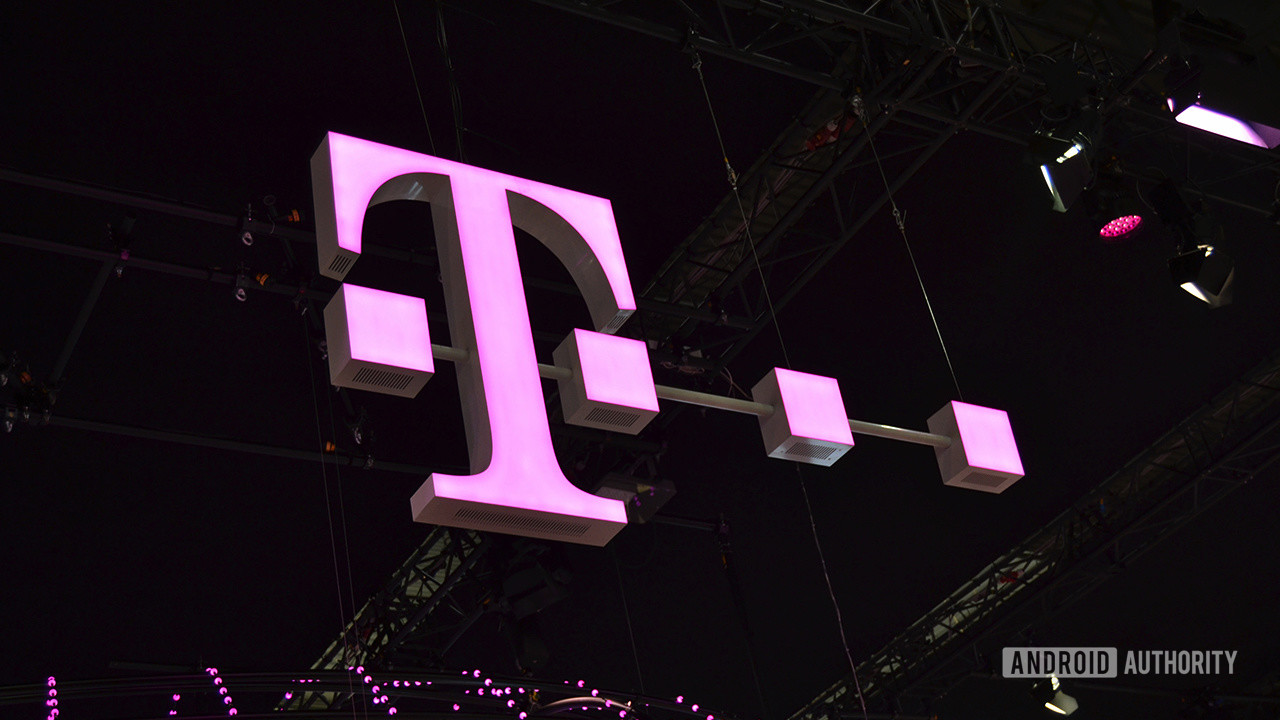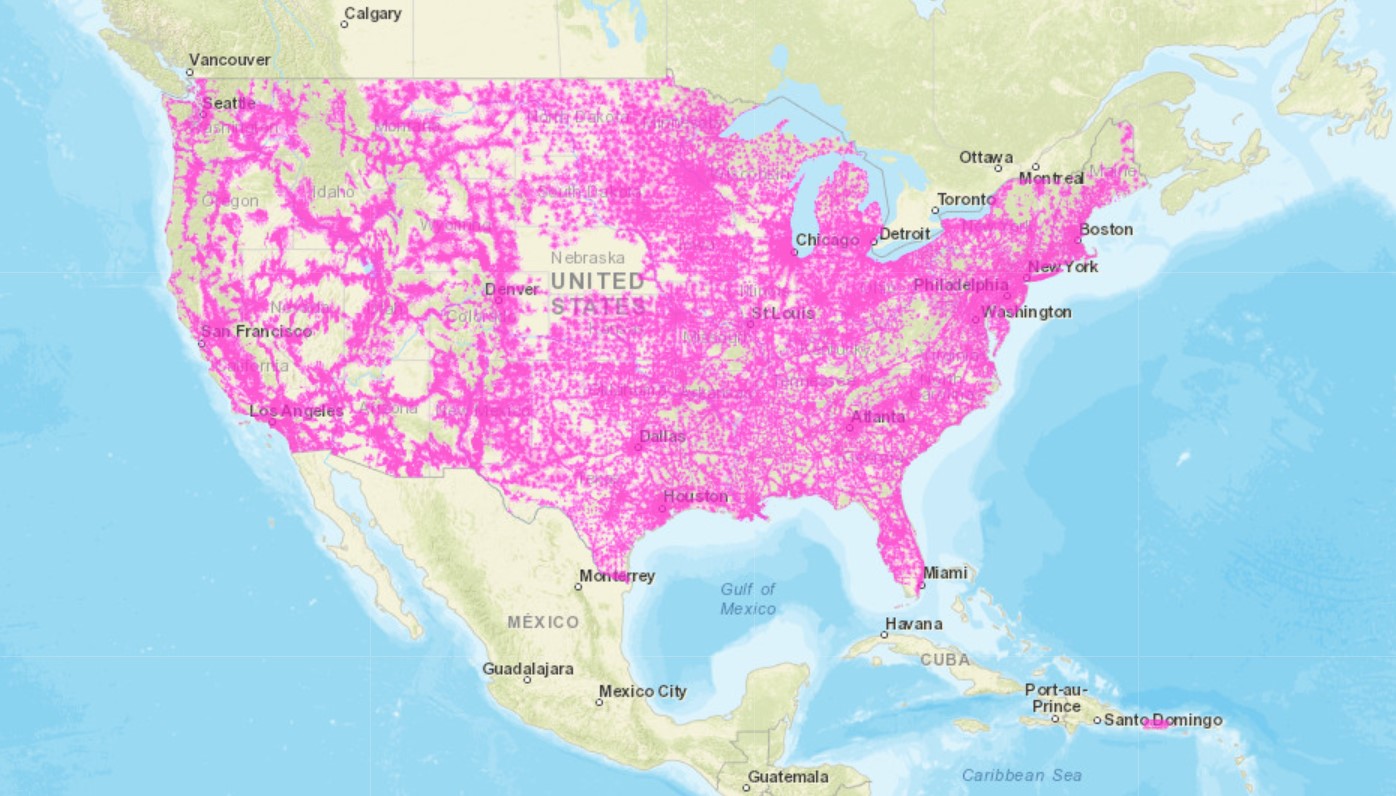
AT&T has played second fiddle to Verizon for a while now, and T-Mobile is steadily making up ground. The Magenta carrier continues to add new wrinkles in hopes of racking up subscribers, but is it working? If so, should you make the swap? Let’s place AT&T vs T-Mobile on center stage to see which carrier is right for you.
See also: AT&T buyer’s guide | T-Mobile buyer’s guide
At first, T-Mobile and AT&T might seem fairly similar. After all, they’re both GSM networks, but we’ll have to go category by category to break down the differences. Ready for a new carrier? This guide is a great place to start.
AT&T vs T-Mobile — Pricing

The easiest place to start any comparison is with pricing. Neither one of these carriers dares to charge quite as much as Verizon, and it all comes down to per-line discounts to put one ahead of the other. Check out our table for a quick overview of the unlimited plans:
| AT&T costs | T-Mobile costs | |
|---|---|---|
| Entry-level unlimited plan | Unlimited Starter $65 for one line $60 for two lines $45 for three lines $35 for four lines |
Essentials $60 for one line $45 for two lines $35 for three lines $27 for four lines |
| Mid-range unlimited plan | Unlimited Extra $75 for one line $65 for two lines $50 for three lines $40 for four lines |
Magenta $70 for one line $60 for two lines $40 for three lines $35 for four lines |
| Premium unlimited plan | Unlimited Elite $85 for one line $75 for two lines $60 for three lines $50 for four lines |
Magenta Max $85 for one line $70 for two lines $47 for three lines $43 for four lines |
No matter which way you slice it, T-Mobile is the more affordable of the two carriers. It beats AT&T at every turn, and it can be as much as $15 cheaper on some plans. As usual, the best way to save is to go for a family discount, with T-Mobile Essentials falling to just $27 per line when you have four lines. AT&T’s Unlimited Starter will set you back $35 per month for a similar set of specs.
Big Blue closes the gap ever so slightly with its mid-range plans, as Unlimited Extra is just $5 more expensive than Magenta with one, two, or four lines of service. One of the bigger differences at this point is that AT&T will give you 15GB of hotspot to work with while T-Mobile keeps it slim at 5GB. Both carriers also introduce perks at this point, but we’ll come back to those later.
Need more hotspot? Here are the best hotspot plans
If you decide to go all-out with the Magenta Max or Unlimited Elite plans, T-Mobile takes a big lead when you hit three lines. The Un-Carrier tops Big Blue by $13 per line before the difference drops to $7 when you add a fourth line. T-Mobile becomes an even better value, too, as both carriers are willing to give you 40GB of high-speed hotspot to work with.
Should you decide that both of these carriers cost more than you’re willing to put your wallet through, it might be time for an MVNO. Here are guides to some of your best bets for both networks:
- Cricket Wireless buyer’s guide (AT&T)
- Metro by T-Mobile buyer’s guide (T-Mobile)
AT&T vs T-Mobile — Coverage
 AT&T's LTE coverage map according to the FCC T-Mobile's LTE coverage map according to the FCC
AT&T's LTE coverage map according to the FCC T-Mobile's LTE coverage map according to the FCC

Both AT&T and T-Mobile are pushing their 5G rollouts as fast as they can. The carriers continue to fire up new towers every week, but T-Mobile still appears to have an advantage. Unfortunately, the 5G race hasn’t reached all corners of the United States yet, so it’s easier to compare the 4G LTE access.
See also: Where is 5G available in the US?
This comparison used to consist of a few percentages for each carrier and some vague maps, but now the FCC is stepping up to give consumers better information. We’ve created a sliding comparison of both AT&T’s and T-Mobile’s LTE maps above, or you can head on over to the interactive page to check out your neck of the woods. The government hasn’t gotten around to a standardized 5G map quite yet, which means that we’ll have to rely on percentages for now. According to WhistleOut, T-Mobile leads the charge with 37% 5G coverage compared to a measly 16% coverage for AT&T.
Check out the carrier maps: AT&T | T-Mobile
AT&T vs T-Mobile — Perks and promos

Reliable coverage should be your primary concern when it comes to a mobile carrier, but it’s only the tip of the iceberg. The truth is that most major carriers offer similar services in many areas, so they have to do more to stand out. This is where streaming perks and discounts come in. Here’s a quick table to show you what you can expect from both carriers:
| AT&T | T-Mobile | |
|---|---|---|
| Entry-level unlimited plan | Unlimited Starter 6 months of Stadia Pro |
Essentials None |
| Mid-range unlimited plan | Unlimited Extra 6 months of Stadia Pro |
Magenta Netflix Basic with two lines |
| Premium unlimited plan | Unlimited Elite 6 months of Stadia Pro HBO Max |
Magenta Max Netflix Basic with one line Netflix Standard with two lines |
If you’re an avid gamer and you haven’t tested out Google’s Stadia Pro service, AT&T might be for you. All three of its unlimited plans currently offer six months of service at no extra charge. You can also sprinkle HBO Max into the mix if you sign up for AT&T’s premium Unlimited Elite plan, but the other two plans don’t have any video streaming alternative.
Over at T-Mobile, your best bet for a streaming perk is to sign up for Magenta or Magenta Max. Both plans offer a Netflix subscription, though it depends on how many lines you sign up for. If you choose Magenta, you’ll need two lines on your account to get a single screen of Netflix Basic. You only need one line of Magenta Max to get Netflix Basic, but a second line grants you Netflix Standard instead.
On the bright side, both carriers love a good discount. You’ll probably have to trade in your current device for the best discounts, but AT&T has been offering up to $700 off the iPhone 12 practically since the day it launched. T-Mobile has a similar deal going on, but you can actually get the Apple flagship for free with your qualifying trade. The Magenta network also has several buy one, get one deals you can sink your teeth into if you’re upgrading your whole family. AT&T, on the other hand, leans more towards budget phones that don’t require trade-ins.
See also: The best AT&T deals | The best T-Mobile deals
AT&T vs T-Mobile — Phone selections

Both T-Mobile and AT&T are considered GSM carriers, which means they operate on a slightly newer framework. The shared framework also means that both support nearly the same list of devices, including more options than rival Verizon can handle. One of the few major differences is that T-Mobile offers the OnePlus 9 and OnePlus 9 Pro without any extra hoops to jump through. If you want either device on AT&T, you’ll have to buy from a third party.
See also: The best AT&T phones | The best T-Mobile phones
Outside of T-Mobile’s relationship with OnePlus, the other devices are generally the same. You can tap into the latest Galaxy S21 series, Apple’s iPhone 12 range, and even the latest Galaxy Z Fold 3 and Galaxy Z Flip 3 if you have the money for them. AT&T and T-Mobile also offer a few budget-friendly phones, but they don’t always come with the same deals.
Which carrier is right for you?

We’ve run through all of the major differences between AT&T and T-Mobile, and now it’s time for the million-dollar question. Is one carrier actually better for you than the other? Well, it depends on your needs. You should first check on your local coverage options to see if either option has a stronger presence in your area. If so, that should help to guide your choice. However, if the options are a wash, it’s time to move on to pricing. You can prioritize savings with T-Mobile, or you can go for AT&T. It costs more, but you’ll get more perks as well.
Ultimately, you might conclude that neither AT&T nor T-Mobile is your perfect match, and that’s alright too. If that proves to be the case, you might want to try one of these alternatives instead:
0 Commentaires